and the site receives a small commission
You are using an out of date browser. It may not display this or other websites correctly.
You should upgrade or use an alternative browser.
You should upgrade or use an alternative browser.
Beginner Why is it?.......Woodland photography
- Thread starter sparker
- Start date
- Messages
- 23,512
- Name
- Toni
- Edit My Images
- No
I know that feeling only too well. Personally I find it helpful to walk moderately briskly through woodland and look to see if something jumps out at me. Whenever I go with the express purpose of taking a picture then I only see the trees for the woods. Moving more quickly seems to help me spot patterns as they pass that otherwise I'd miss, plus after a time in the same locality it gets harder to spot interesting things because the mind stops looking and evaluating.
- Messages
- 23,512
- Name
- Toni
- Edit My Images
- No
Just to illustrate what I meant, I saw this tree from the road while driving past, and that gave me a 'minds eye' picture first:
 The reacher by Toni Ertl, on Flickr
The reacher by Toni Ertl, on Flickr
And this was from a brisk Sunday afternoon walk with the wife:
 Aston Rowant-8525 by Toni Ertl, on Flickr
Aston Rowant-8525 by Toni Ertl, on Flickr
 The reacher by Toni Ertl, on Flickr
The reacher by Toni Ertl, on FlickrAnd this was from a brisk Sunday afternoon walk with the wife:
 Aston Rowant-8525 by Toni Ertl, on Flickr
Aston Rowant-8525 by Toni Ertl, on Flickr- Messages
- 5,921
- Name
- Dominic
- Edit My Images
- Yes
It depends on the type of woodland. In Open woodland I think it's a bit easier to spot an interesting tree, branch etc, but in a busier type, it becomes a lot harder to see, there are a lot of things in the way. The knack is to try and look for details.
- Messages
- 87
- Edit My Images
- No
Yes, I struggle with this too. I think the high frequency background makes it hard to lift anything and bring it to prominence within the frame. It all just seems to become a jumble of sticks and leaves.
I’ve seem some cracking images of trees within a woodland setting lately and they all seem to have one thing in common: mist and low, early morning light, which goes some way to cancelling out the busy background.
I’ve seem some cracking images of trees within a woodland setting lately and they all seem to have one thing in common: mist and low, early morning light, which goes some way to cancelling out the busy background.
- Messages
- 5,270
- Name
- Lee
- Edit My Images
- Yes
It is the wrong time of year a little bit too. Summer has to be the worse time as everything is overgrown, crowded & too GREEN!!
Mist. Low, early morning sunshine. Shallow DOF. Your eyes can easily separate/pull out details - the camera usually can't.
Mist. Low, early morning sunshine. Shallow DOF. Your eyes can easily separate/pull out details - the camera usually can't.
- Messages
- 528
- Name
- Simon
- Edit My Images
- Yes
- Messages
- 23,512
- Name
- Toni
- Edit My Images
- No
This looked amazing........honest!! I love the woodland photography of Simon Baxter, the guy is awesome, I remember him saying "always look for something that doesn't belong".......well this didn't belong amongst the living trees, but it looks like exactly what it is........A DEAD TREE
View attachment 133284
But there's LOADS you could do with that image. It looks a bit over-exposed, and the colours are a little murky, but drop the exposure, warm the colours and reduce the shadows to put the background trees lower in the senses and suddenly it should start to look interesting. Composition may not be the best because there's not enough clear space around it, but you could do quite a bit to help your image.
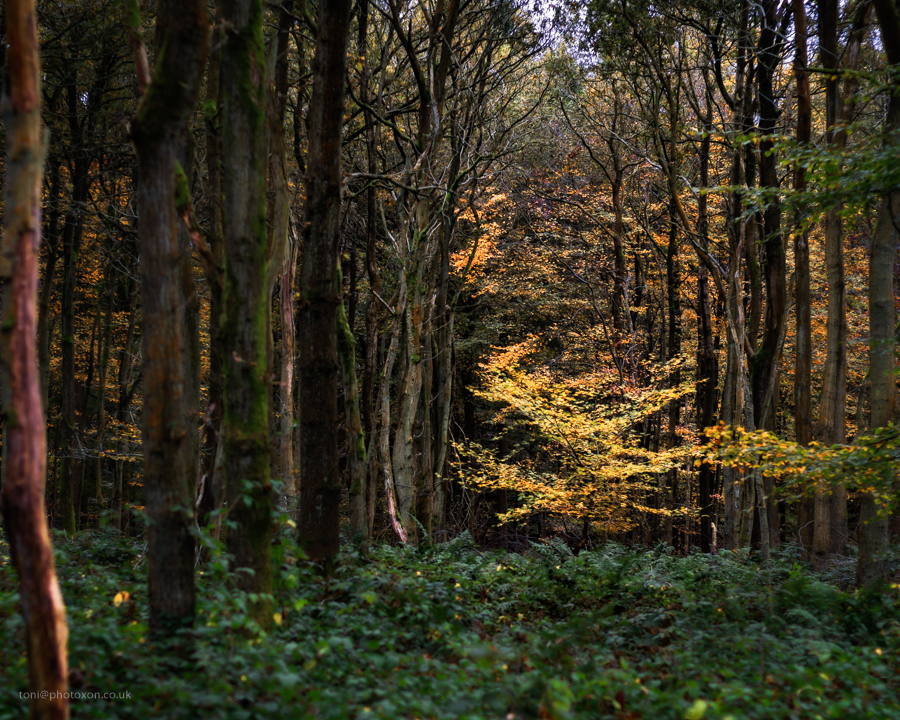 Tree-00963 by Toni Ertl, on Flickr
Tree-00963 by Toni Ertl, on Flickr- Messages
- 23,512
- Name
- Toni
- Edit My Images
- No
At least yours is alive!!
The mist has a fair bit to do with winding back on the clarity, though it was a little misty too. I'm struggling to find the woodland examples that I know are tucked away somewhere.
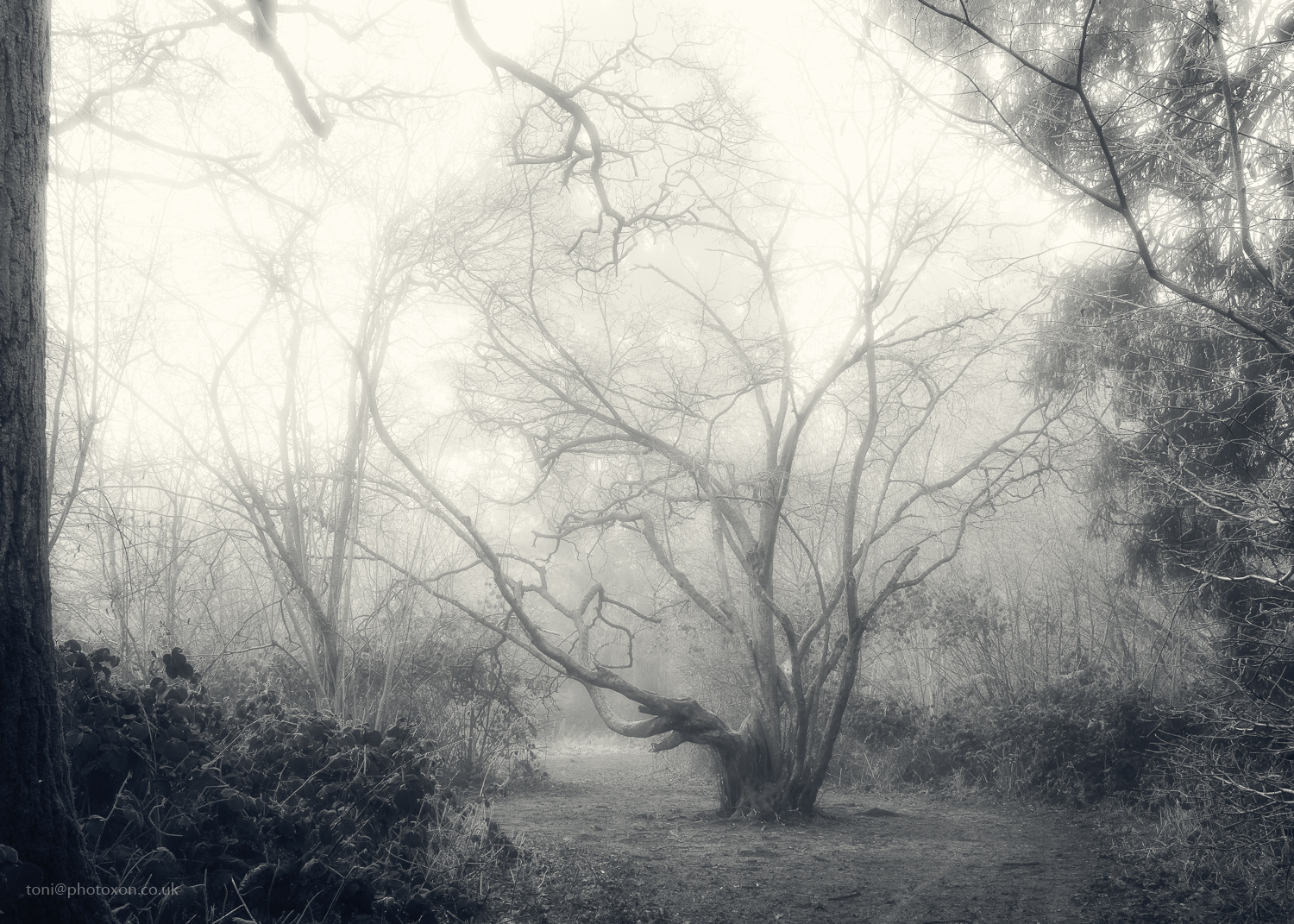 Stoke tree-02142 by Toni Ertl, on Flickr
Stoke tree-02142 by Toni Ertl, on Flickr
Last edited:
- Messages
- 104,469
- Name
- The other Chris
- Edit My Images
- Yes
For me one of the hardest things in woodland is finding subjects that can be isolated from the background, you then need settings and/or focal length to enhance that separation.
I have no idea of your skills and experience so please don't take this the wrong way but do you do any post processing? It is may be set of skills you need to learn. Also I wonder if you need to spend a bit more time with a subject like the one above, how many shots of it did you take, how many different positions and compositions did you try? How many focal lengths? How many F stops? Did you use a tripod? Once you have learned what works and what will come out in PP you can try to do it in a shot or two but until then gather lots of material to process and throw most of it away.
I have no idea of your skills and experience so please don't take this the wrong way but do you do any post processing? It is may be set of skills you need to learn. Also I wonder if you need to spend a bit more time with a subject like the one above, how many shots of it did you take, how many different positions and compositions did you try? How many focal lengths? How many F stops? Did you use a tripod? Once you have learned what works and what will come out in PP you can try to do it in a shot or two but until then gather lots of material to process and throw most of it away.
- Messages
- 25
- Name
- Steve
- Edit My Images
- Yes
I found that in a very green, wet mossy woodland yesterday. There were some wonderful green mossy old dry-stone walls for example, but in the photos they got lost in the rest of the greenery. I was thinking about going back in autumn (As I think moss stays green). Keeping a shallow depth of field helped, but changed the shot too.
I think my eyes see textural difference much more than the camera? Does that sound right?
I think my eyes see textural difference much more than the camera? Does that sound right?
- Messages
- 104,469
- Name
- The other Chris
- Edit My Images
- Yes
I think my eyes see textural difference much more than the camera? Does that sound right?
Our eyes are moving around all the time and our brains build a composite image from a the set of images captured by our eyes. As an example of how our brains "post-process" things, the two zeros and an underscore below look like a face
Code:
0 0
_It's not a face, it's not even anything like a face, it's two zeros and an underscore but our brains have eveolved to recognise faces because faces are very important in evolutionarya dn survival terms.
It's the same when you look at a scene, your brain picks out features such as an unusual tree for example and emphasises it in the picture that it builds up. On the other hand the camera records the light accurately with no interpretation, this is why things SOOC often look dull and flat compared to what we "see"
Last edited:
- Messages
- 471
- Name
- Greg
- Edit My Images
- No
I'd start with studying the work of Dav Thomas, John Irvine, Russ Barnes, David Baker, Lee Acaster, Nigel Morton and Damian Ward as a starter for 10. All of them British and most still active. None have YouTube channels so you'll have to look at their websites (shock horror...yeah, you've got to search for the good stuff)
- Messages
- 6,428
- Name
- Graham
- Edit My Images
- No
Funnily enough I was thinking exactly this yesterday. Went for a walk with my little boy through a local wood. Didn't have a camera with me because I cannot think of a single photo I've ever shot in woodland that I actually like. I've watched Simon Baxter on youtube and he is excellent and I've seen some great stuff on here with wild garlic, blue bells, intentional camera movement, dappled light, macro, shooting upward, I've seen the lot. But I'm buggered if I've managed to shoot something interesting in that environment! Hats off to those that manage it.
- Messages
- 1,386
- Edit My Images
- No
I think the key to woodland photography is seeing something a bit different in it's busy environment - look for leaning or fallen trees, a lone autumnal tree in a sea of green, a lone birch among pines, a sunlit tree - that kind of thing. You'll find that what really helps is fog/mist or falling rain or snow, all of these give you a more limited depth that simplify backgrounds. If you're out on a foggy morning and the sun starts to break through and produce golden light, with rays piercing through mist you can be in photography heaven. Falling snow is one of my favourites although it doesn't happen much around here, but you can use creative effects like wide apertures which allow you to have large fluffy flakes etc and really artistic pictures. Frost works amazingly well in wooded heathland areas too, though it tends to be trees on the edge of woodland or in open areas that ice over. Autumn and winter are generally the two best seasons for woodland photography in my view as you have more weather effects and different colours to work with.
- Messages
- 1,386
- Edit My Images
- No
This looked amazing........honest!! I love the woodland photography of Simon Baxter, the guy is awesome, I remember him saying "always look for something that doesn't belong".......well this didn't belong amongst the living trees, but it looks like exactly what it is........A DEAD TREE
View attachment 133284
Simon is very good indeed, his compositions are top notch and you'll find his best are usually taken in early mornings with mist, or using frost or snow. You just have to recognise when conditions are best for scouting rather than shooting, and what translates on camera. It looks like you're a bit too close in here, there's not enough breathing space or much of a hint of it's surroundings. The dead tree is quite thin and probably had a few branches fall off so it might not look great on camera regardless of conditions
- Messages
- 45
- Name
- Aidan Mincher
- Edit My Images
- No
I'd start with studying the work of Dav Thomas, John Irvine, Russ Barnes, David Baker, Lee Acaster, Nigel Morton and Damian Ward as a starter for 10. All of them British and most still active. None have YouTube channels so you'll have to look at their websites (shock horror...yeah, you've got to search for the good stuff)
I agree with Greg. Follow his suggestion and you won't go far wrong.
- Messages
- 1,221
- Edit My Images
- No
Living in the middle of a pine forest as I do, I spent a fair bit of time trying to do woodland photography and like you @sparker found it pretty frustrating. Gradually over time though I started to get my eye in could start to see more and more compositions...
I now have what I consider to be a reasonable portfolio of woodland images - some samples below...
 Silver Birch by Ash Smith, on Flickr
Silver Birch by Ash Smith, on Flickr
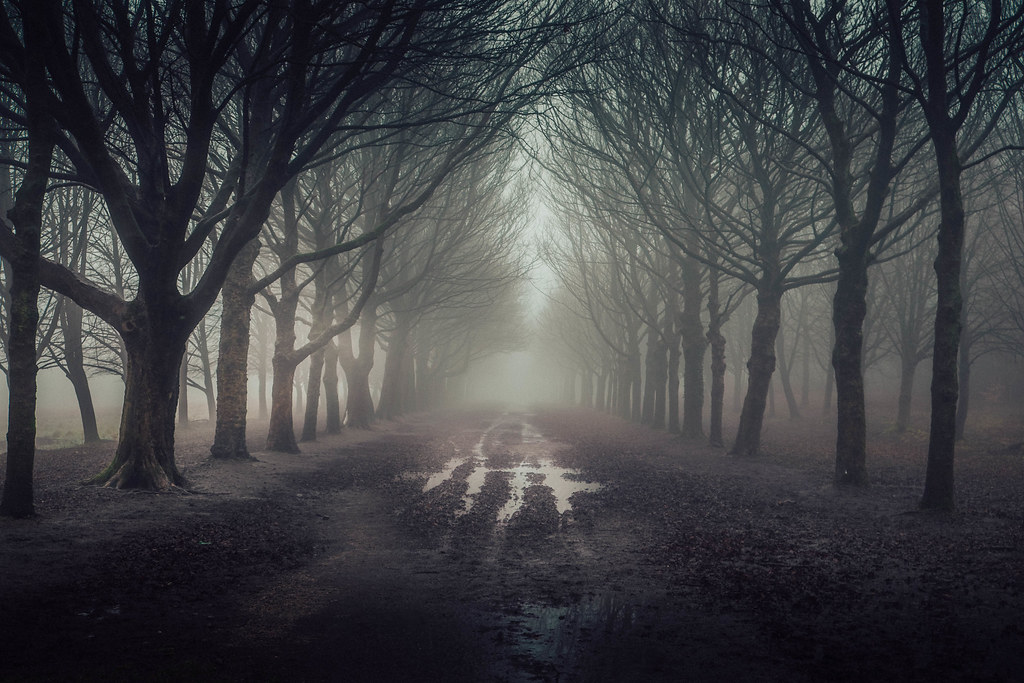 Into the mist by Ash Smith, on Flickr
Into the mist by Ash Smith, on Flickr
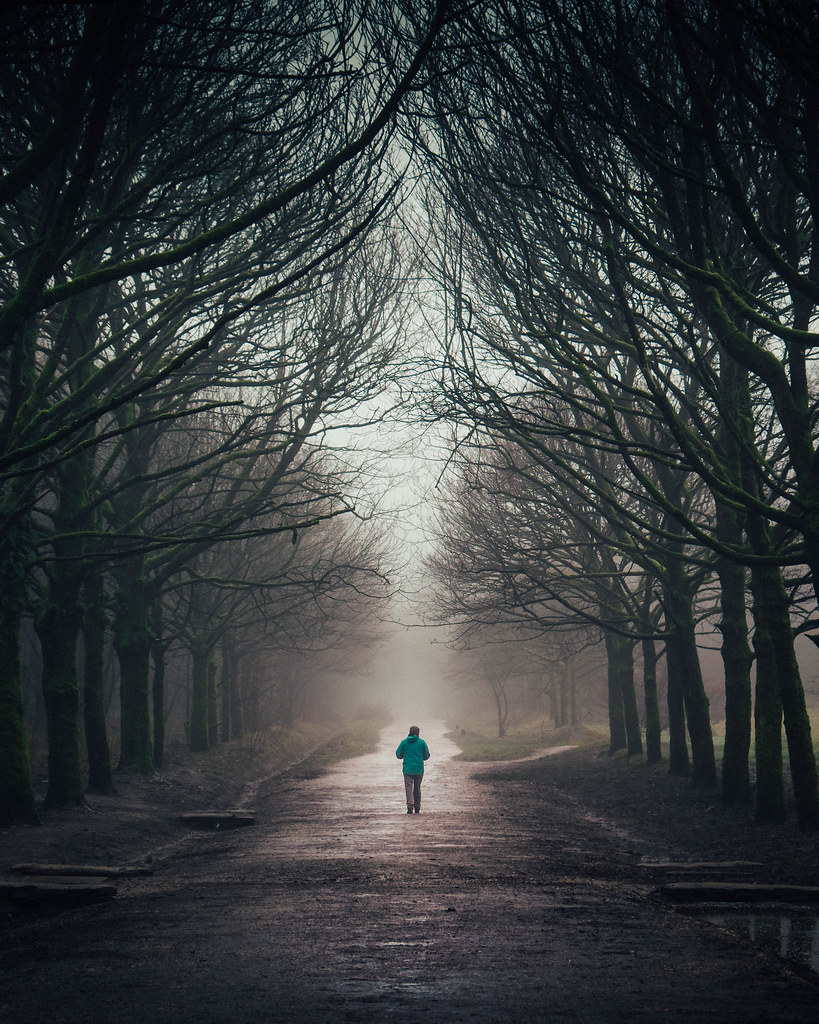 The Walker by Ash Smith, on Flickr
The Walker by Ash Smith, on Flickr
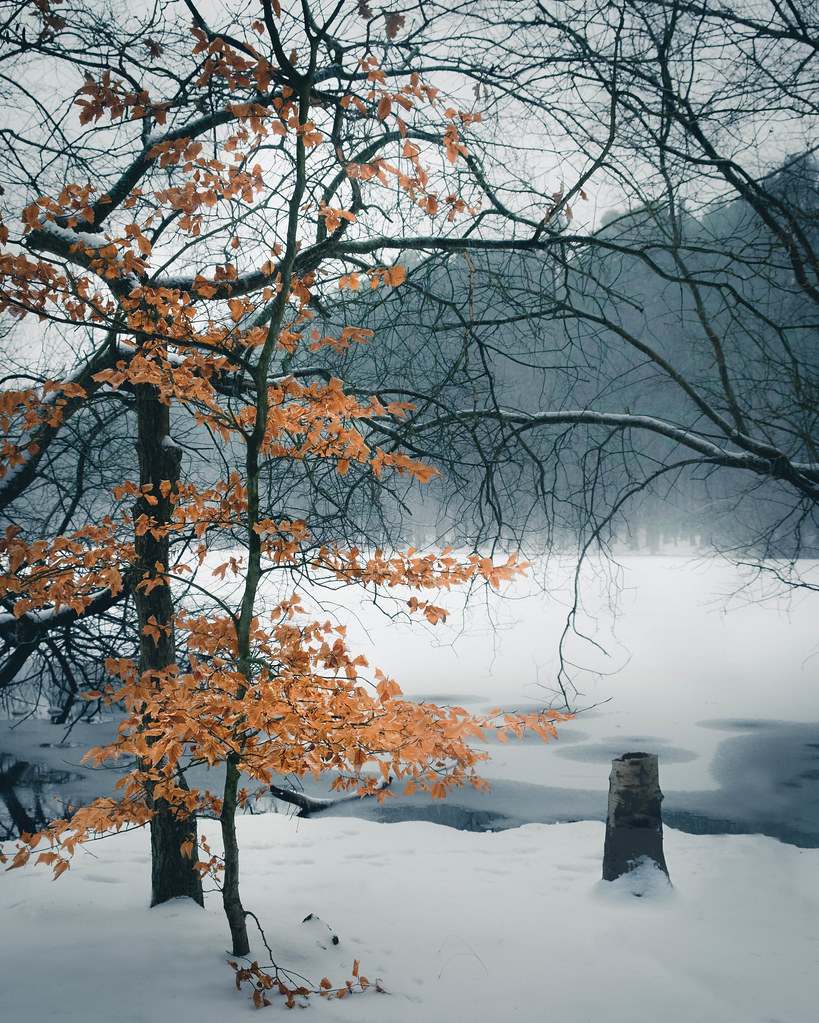 A song of Ice and Fire (part 1) by Ash Smith, on Flickr
A song of Ice and Fire (part 1) by Ash Smith, on Flickr
I now have what I consider to be a reasonable portfolio of woodland images - some samples below...
 Silver Birch by Ash Smith, on Flickr
Silver Birch by Ash Smith, on Flickr Into the mist by Ash Smith, on Flickr
Into the mist by Ash Smith, on Flickr The Walker by Ash Smith, on Flickr
The Walker by Ash Smith, on Flickr A song of Ice and Fire (part 1) by Ash Smith, on Flickr
A song of Ice and Fire (part 1) by Ash Smith, on Flickr
Last edited:
- Messages
- 528
- Name
- Simon
- Edit My Images
- Yes
@ashtennisguru ........that's what I'm talking about, No1, the Silver Birch...beautiful.
Thanks everyone for all the tips and ideas. I probably need to spend more time trying to find the right subjects, working out what would look good and what pass by. I think I'm at the the stage where I "think" there is an image in everything when in truth, a dead tree is a dead tree.
Thanks everyone for all the tips and ideas. I probably need to spend more time trying to find the right subjects, working out what would look good and what pass by. I think I'm at the the stage where I "think" there is an image in everything when in truth, a dead tree is a dead tree.
Tringa
Numpty of the Day'
- Messages
- 5,835
- Name
- Dave
- Edit My Images
- Yes
Why is it I can spend two hours in the most beautify, ancient woodland in Essex and end up with 20+ images of "trees"?
I just can't record what I see..........
Thanks for starting this thread. I thought it was only me.
I have never taken a great photo but I have a few that I am happy with, however, never have I managed an even half way decent shot in a woodland. Every one is just a jumble of branches.
Dave
- Messages
- 541
- Name
- Geoff
- Edit My Images
- No
I have a few that im more or less happy with, but it is a challenge. The weather conditions I find make all the difference and a bit of misty weather does allow you to pick out and isolate detail, for whats its worth here are a few from my attempts....
The Fairies Reflection Pool
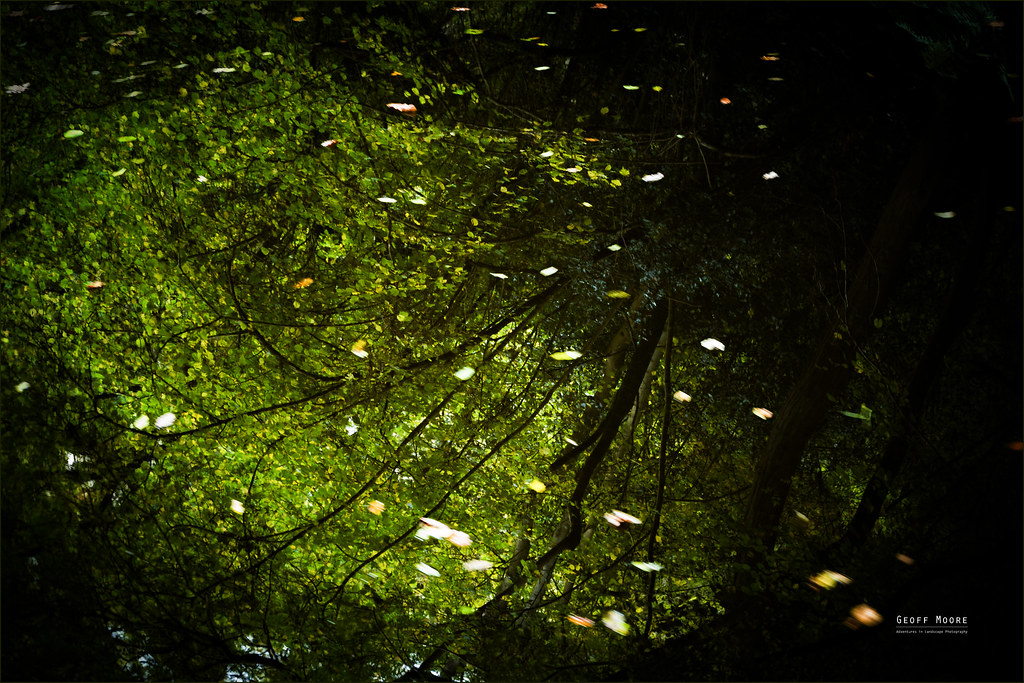
----
If you go down to the woods today . . .

---
The Trees Have Eyes
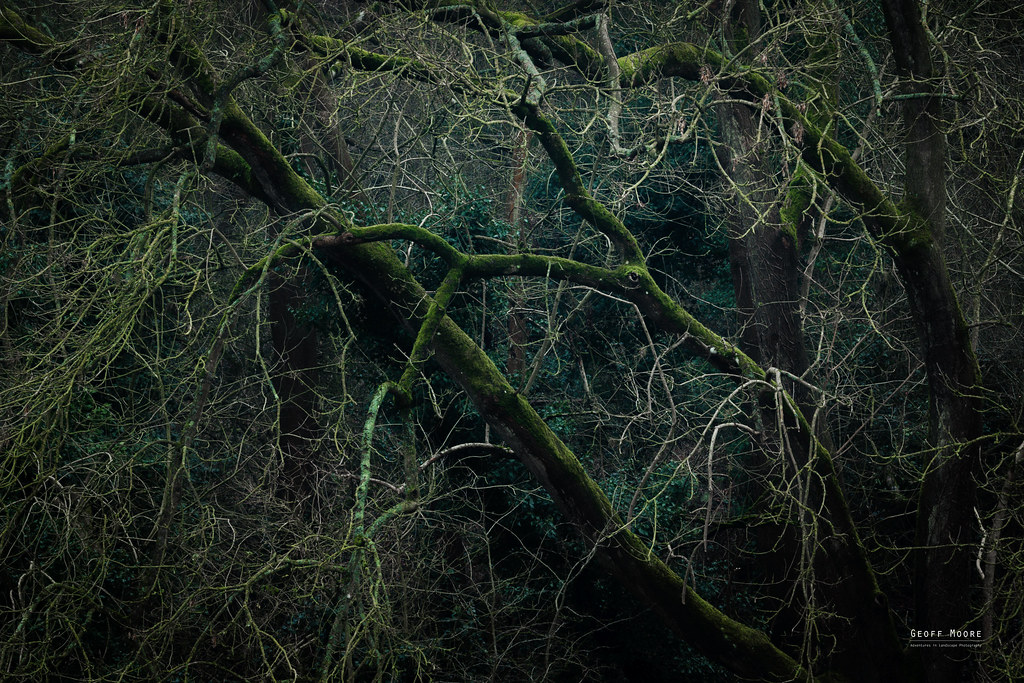
----
Regards
Geoff
The Fairies Reflection Pool

----
If you go down to the woods today . . .

---
The Trees Have Eyes

----
Regards
Geoff
Last edited:
- Messages
- 528
- Name
- Simon
- Edit My Images
- Yes
Love No2 @Geoff Moore
- Messages
- 541
- Name
- Geoff
- Edit My Images
- No
thank you, if I remember well, edited to Mike Oldfields Tubular Bells, in the dead of night with the windows opened and a storm blowing inLove No2 @Geoff Moore
Last edited:
- Messages
- 3
- Edit My Images
- No
Many thanks to those who have recommended my work and my YouTube channel - much appreciated!
As Greg suggested, there are some good woodland photographers not on YouTube whose work should be admired, but there is good woodland photography on YouTube too. You can potentially get some good insight and ideas on YouTube which you can't get just by studying photographs, but please study the photographs from others too!
As Greg suggested, there are some good woodland photographers not on YouTube whose work should be admired, but there is good woodland photography on YouTube too. You can potentially get some good insight and ideas on YouTube which you can't get just by studying photographs, but please study the photographs from others too!
- Messages
- 1,620
- Name
- Stephen
- Edit My Images
- Yes
There are many skills that can be honed in any situation. Love watching Simon Baxter and Meg of course. I try different apertures, ISO and manual settings. It's observation of the surroundings. Remember, you are taking these images for YOU, not an audience. You'll improve as time goes on.
- Messages
- 5,270
- Name
- Lee
- Edit My Images
- Yes
Here are a few I'm reasonably happy with. So far. Hopefully when this autumn gets here I'll be a bit more knowledgeable & experienced on the subject 
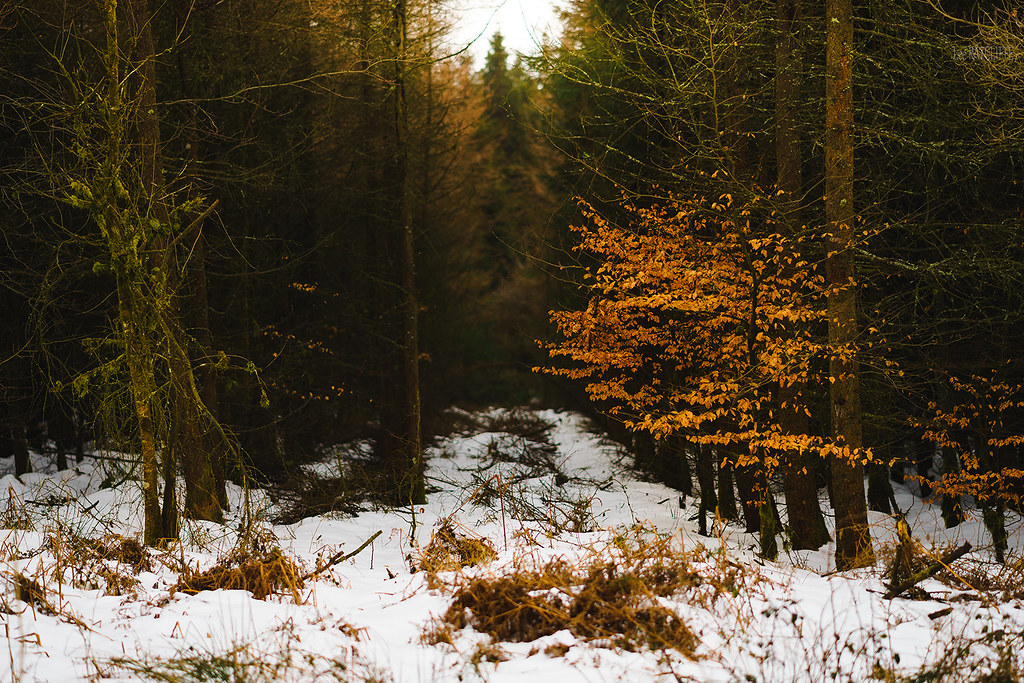 *** by Lee, on Flickr
*** by Lee, on Flickr
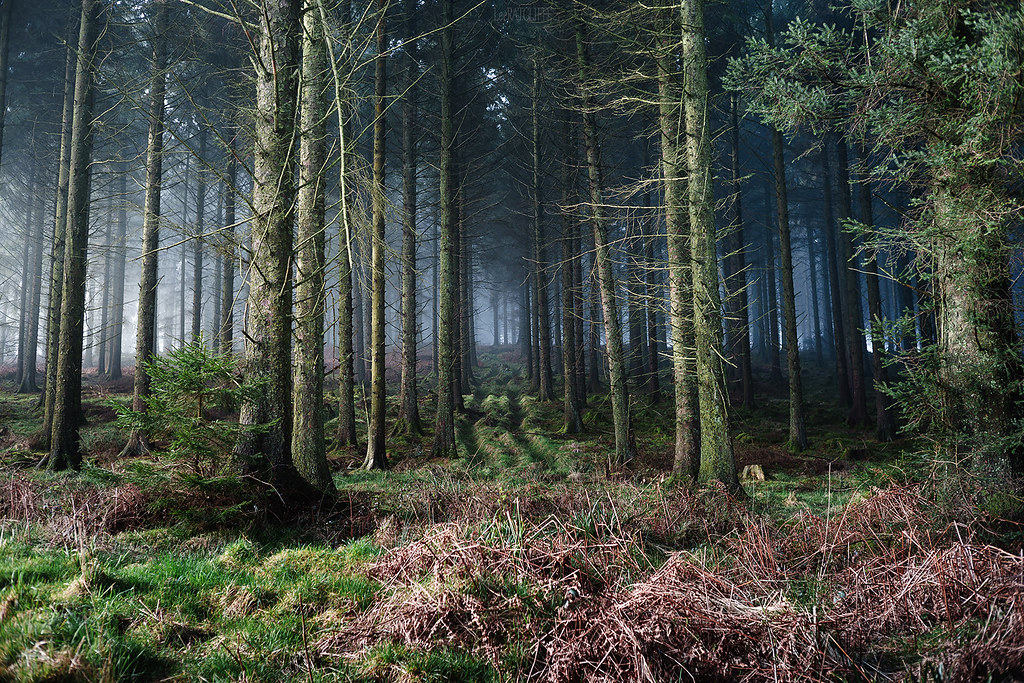 *** by Lee, on Flickr
*** by Lee, on Flickr
 *** by Lee, on Flickr
*** by Lee, on Flickr
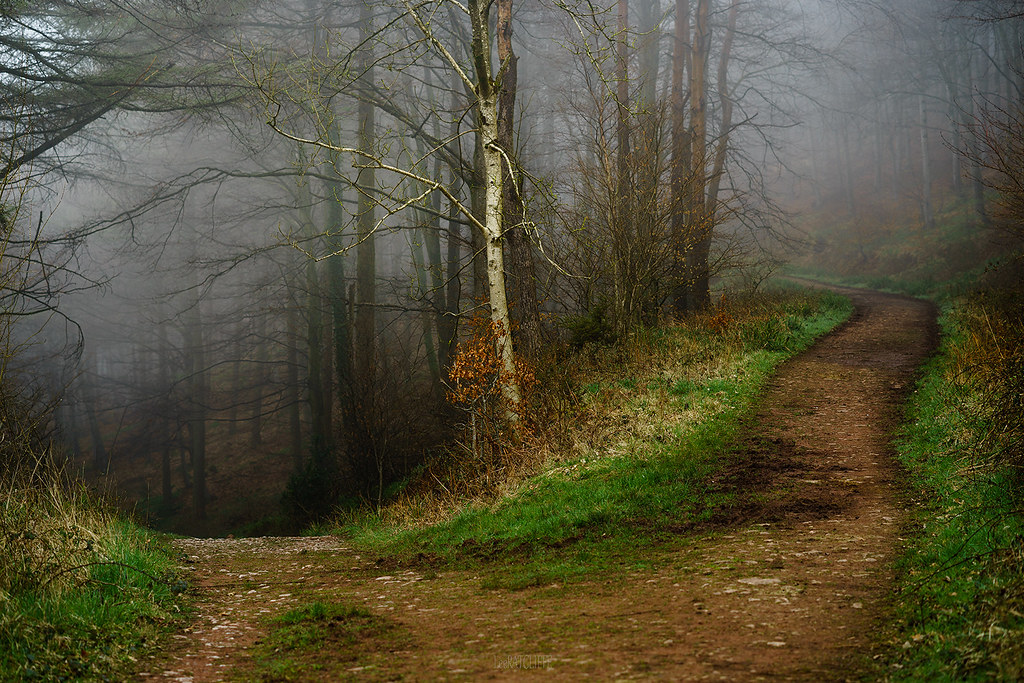 *** by Lee, on Flickr
*** by Lee, on Flickr
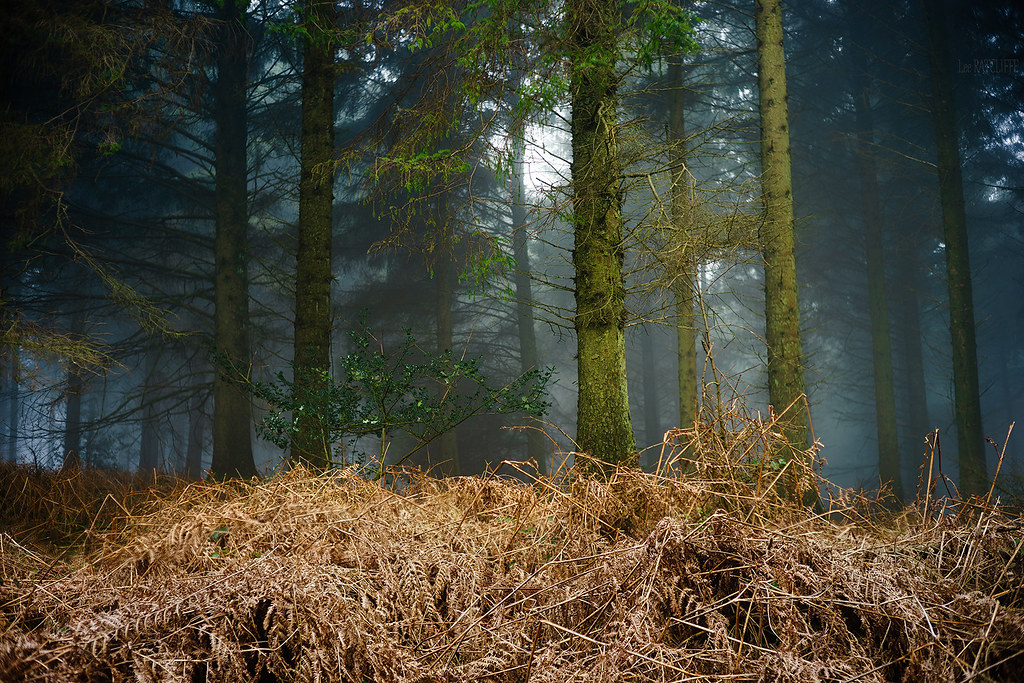 *** by Lee, on Flickr
*** by Lee, on Flickr
 *** by Lee, on Flickr
*** by Lee, on Flickr
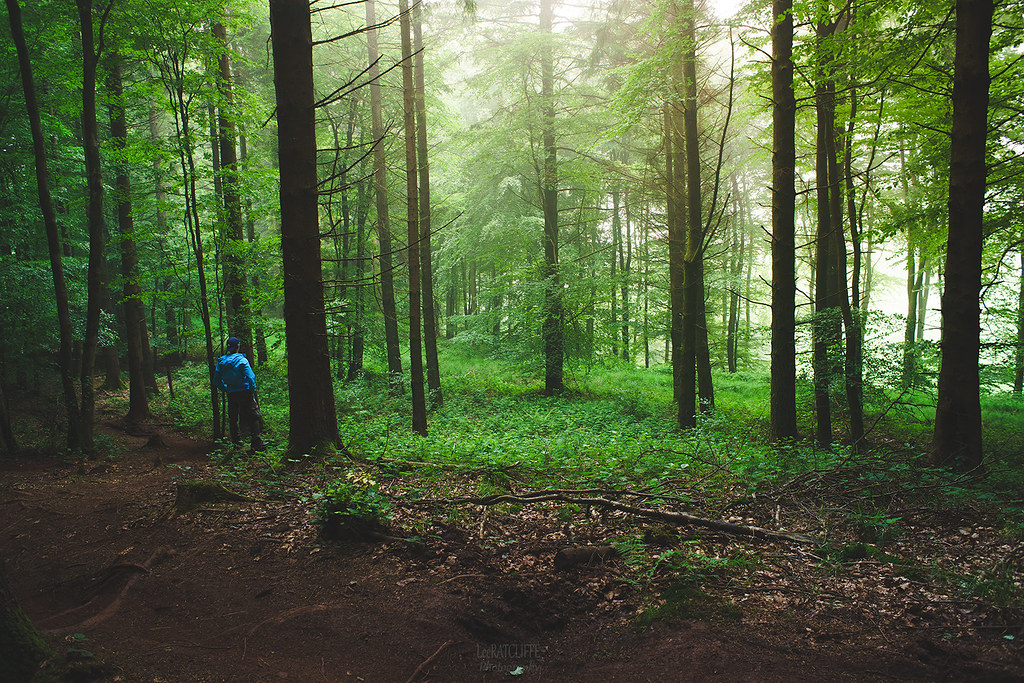 *** by Lee, on Flickr
*** by Lee, on Flickr
Mist. Light. Colours...... You'll also learn what doesn't look perfect, but will be editable into what you desire
 *** by Lee, on Flickr
*** by Lee, on Flickr *** by Lee, on Flickr
*** by Lee, on Flickr *** by Lee, on Flickr
*** by Lee, on Flickr *** by Lee, on Flickr
*** by Lee, on Flickr *** by Lee, on Flickr
*** by Lee, on Flickr *** by Lee, on Flickr
*** by Lee, on Flickr *** by Lee, on Flickr
*** by Lee, on FlickrMist. Light. Colours...... You'll also learn what doesn't look perfect, but will be editable into what you desire
Last edited:
- Messages
- 528
- Name
- Simon
- Edit My Images
- Yes
Hopefully when this autumn gets here I'll be a bit more knowledgeable & experienced on the subject
With you all the way on that one! Love No2 by the way.
- Messages
- 4,640
- Name
- Pete
- Edit My Images
- Yes
Here are a few I'm reasonably happy with. So far. Hopefully when this autumn gets here I'll be a bit more knowledgeable & experienced on the subject
*** by Lee, on Flickr
*** by Lee, on Flickr
*** by Lee, on Flickr
Mist. Light. Colours...... You'll also learn what doesn't look perfect, but will be editable into what you desire
I like the light in no2 but the colours in No4 (above) really make that image for me.
- Messages
- 6,428
- Name
- Graham
- Edit My Images
- No
Some beauties the @LeeRatters . Really like the 'look' you have going on there.
- Messages
- 5,270
- Name
- Lee
- Edit My Images
- Yes
With you all the way on that one! Love No2 by the way.
I like the light in no2 but the colours in No4 (above) really make that image for me.
Some beauties the @LeeRatters . Really like the 'look' you have going on there.
Thank you all. I've been taking photos for years (probably like most of us....) but it's only really this year that I've really put the effort into capturing really good (IMO!!) images - Quality > Quantity. I think 2, 4 & 5 above were all the same morning in the same woods. We've really got into hiking & walking & I'm at the stage where I can go out for a morning, cover anything from 3-6 miles & if I come back with a handful of good images I'm happy!
Just being out & covering mileage & looking is a great help. As are a few blog posts & YouTube channels as already mentioned. If I can do it, we can all do it
- Messages
- 2,833
- Name
- Pete
- Edit My Images
- No
I'd start with studying the work of Dav Thomas, John Irvine, Russ Barnes, David Baker, Lee Acaster, Nigel Morton and Damian Ward as a starter for 10. All of them British and most still active. None have YouTube channels so you'll have to look at their websites (shock horror...yeah, you've got to search for the good stuff)
Thanks for the links Greg. I've spent a happy hour looking at portfolios and gaining inspiration from these.




